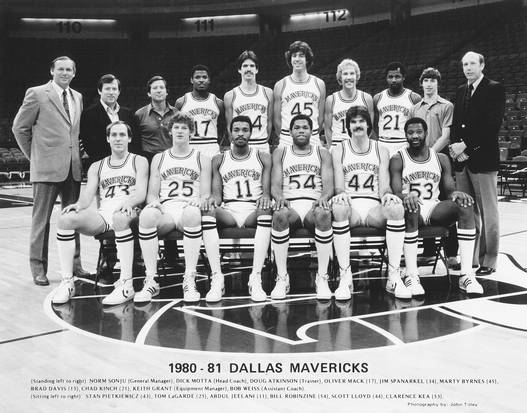Emotional surveillance - coming to a workplace near you?
I am going to submit today's dispatch from the HR Happy Hour Home Office without much commentary, as like many tech-driven developments we hear about, this one is probably too extreme to have much of an effect in the US or any of the other places where readers of this blog reside, (Hi Canada!).
From one of my favorite sources on all things going on in business in China, the South China Morning Post, here is a little bit of a piece titled 'Forget the Facebook leak: China is mining data directly from worker's brains on an industrial scale':
Workers outfitted in uniforms staff lines producing sophisticated equipment for telecommunication and other industrial sectors.
But there’s one big difference – the workers wear caps to monitor their brainwaves, data that management then uses to adjust the pace of production and redesign workflows, according to the company.
The company said it could increase the overall efficiency of the workers by manipulating the frequency and length of break times to reduce mental stress.
Hangzhou Zhongheng Electric is just one example of the large-scale application of brain surveillance devices to monitor people’s emotions and other mental activities in the workplace, according to scientists and companies involved in the government-backed projects.
Concealed in regular safety helmets or uniform hats, these lightweight, wireless sensors constantly monitor the wearer’s brainwaves and stream the data to computers that use artificial intelligence algorithms to detect emotional spikes such as depression, anxiety or rage.
The technology is in widespread use around the world but China has applied it on an unprecedented scale in factories, public transport, state-owned companies and the military to increase the competitiveness of its manufacturing industry and to maintain social stability.
Wow, pretty wild, fairly extreme - even by the looser standards for what is ok and not ok in the workplace that still prevail in most of China.
But here's the interesting thing, we all have already come to accept certain kinds of monitoring in the workplace. We make hourly workers punch in and punch out every day, (and remind them to be sure to punch out before taking lunch). All kinds of call center representatives have their calls and interactions with customers reviewed and even listened to in real time by supervisors. Warehouse workers are often subjected to really close and detailed kinds of monitoring - how fast they find items for an order, how many errors they make per shift, and how closely they achieve "goal" performance each week.
Ever white collar jobs are subject at times to really close monitoring and supervision. Most lawyers and consultants are still billing by the hour, so they must keep and have reviewed detailed time and activity logs. Many organizations require receipts for every dollar spent on employee travel in order for the employee to get reimbursed. Are you sure you had that Dunkin' coffee for $2.65? Even the rise and increasing popularity of workplace chat apps like Slack have created more environments where your 'status', i.e. are you currently working, is visible to everyone and monitored by most.
The point being that sure, this idea of monitoring employee brainwaves in real time, or as one Chinese official described it, conducting 'emotional surveillance' seems ludicrous, it can also be seen as just the next, tech-enabled step on a path that lots of organizations are already walking. And the deployment of these kinds of technologies for workers in dangerous, important roles like airline pilot or high-speed train operator could offer another level of safety for the public - a pilot judged to be in an emotional state prior to takeoff could be pulled from the flight as a precaution.
I don't have a great, insightful conclusion to this story at the moment only to say that while it is inevitable that technologies will continue to advance, and offer better, more, and more personal information about workers, it is (hopefully), going to be the role of smart HR people to help guide organizations as to the best, fairest, and 'right' use of these kinds of tool. The pilot on the above flight is not just a pattern of brainwaves after all. He/she is an actual human.
Have a great day!

 Steve
Steve


